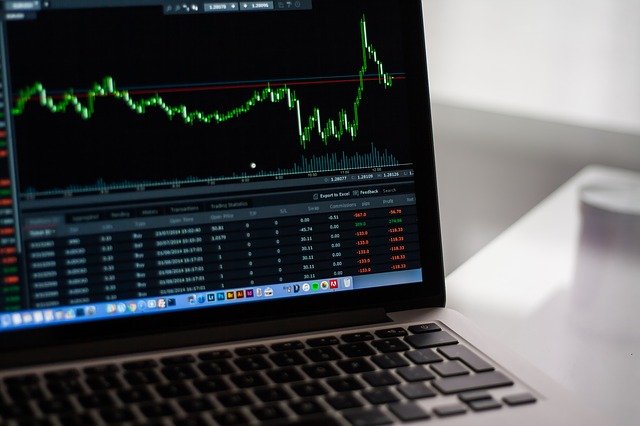Food prices continued to rise in August, putting pressure on lower- and middle-income households in particular.
The cost of food for home preparation were up 13.5% as compared with August 2021, the highest rate of growth since March 1979, government data show. The annual rise in the U.S. consumer price index was 8.3% in August. Food, overall, was 11.4% more expensive than a year earlier, the biggest annual increase since May 1979. The cost of dining out in August was up 8% on a year-over-year basis.
Eggs saw the biggest price increase among grocery-store goods. They were 39.8% more expensive in August than a year before. Supply and demand both added to the upward price pressure. Avian influenza wiped out around 10% of egg production across the country earlier this year, an egg producer previously told MarketWatch.
Avian flu also impacted poultry production. The price of chicken was 16.6% higher in August than it had been a year earlier. In addition to extreme heat and tight supplies, consumers have shifted their purchases toward chicken from typically higher-priced beef, according to Brian Earnest, lead economist for animal protein at CoBank, a national cooperative bank serving industries across rural America.
See: Consumer sentiment climbs to 5-month high, but Americans still worried about economy
Also: ‘More work still to do’: Biden celebrates Inflation Reduction Act, but latest CPI report tops forecasts, sparking fresh worries
Dairy and processed-food prices also spiked. Margarine was up 38.3% in August on a year-over-year basis, and butter’s price was 24.6% higher, mainly due to the cost of such raw materials as soybean oil and cream. Flour and prepared flour mixes were 23.3% more expensive than a year earlier. Cracker prices were up 17.7% on the year, and frozen bakery products, such as pies and tarts, were up 18.1%.
“s. They were 39.8% more expensive in August than a year before.”
Despite price declines in beef and pork, processed meat such as hot dogs and lunch meats continued to see higher prices in August. Frankfurter prices were up 18.3% in August vs. August 2021, while lunch-meat prices were up 18.2%. This is partly due to an industrywide labor shortage, CoBank’s Earnest said, with the higher wages needed to attract workers being passed along to consumers.
Fresh-fruit and vegetable prices were up 7.9% in August, and lettuce, notably, was 15.2% more expensive. The Wall Street Journal reported that extreme heat in western states could be a contributing factor. Elevated summertime heat fueled diseases in lettuces and significantly lowered the size of the crop, growers say.
Don’t miss: A quarter of the U.S. will fall inside an extreme heat belt. Here are the states in the red zone.
Also see: California wildfires rage as record heat lingers; threat of flooding as storm approaches
And: These money and investing tips can help you stay cool as stocks wilt in the August heat
“We have yet to see a peak in food inflation,” Scott Brave, lead consumer-spending economist at market-research company Morning Consult, told MarketWatch. “And the longer that goes on, the higher it gets, the more difficult it becomes for lower-income individuals in particular to afford those price increases.”
Lower-income families felt the most impact from inflation as a higher proportion of their disposable income goes to the purchase of gas RB00, +0.01%, utilities and groceries, experts say. Average national gasoline prices have fallen in recent months from a peak of over $5 per gallon in June to $3.69 in September, according to the Energy Information Administration.
“Fresh fruits and vegetables were up 7.9% in August, but lettuce was 15.2% more expensive, hit by extreme heat in the western U.S.”
The consumer — especially lower-income households — benefited from the decline in gas prices. But the rise in food prices has soaked up much of that relief, Morning Consult’s Brave said.
Around two-thirds of Americans reported in late July that they had been worried at least once in the previous month about not being able to afford groceries, according to a LendingTree survey. Women, Generation Z members and millennials were among those most concerned about the rise in food prices.
At the same time, households with young children and lower-income families also reported a high level of stress about putting bread on the table. The report found that households with annual income of less than $35,000 were the most anxious about inflation, with 74% expressing concern about the affordability of groceries.
American families can save money by eating at home, as the cost of an average meal at a restaurant is 3½ times that of having the same meal at home with grocery-store-bought items, according to David Portalatin, a food analyst at the market research firm NPD Group.
More people might choose to visit restaurants less frequently in response to stubborn inflation, he told MarketWatch. “The inflationary pressures are actually going to drive more consumers to the grocery store than restaurants,” even if grocery prices have been rising at a higher rate than restaurant prices, Portalatin said. “The grocery store is still way less expensive than a restaurant meal.”

